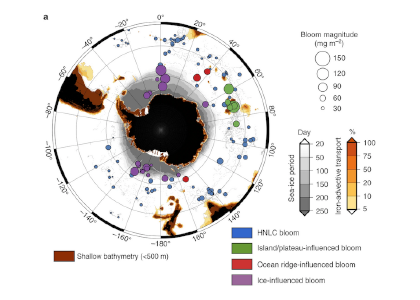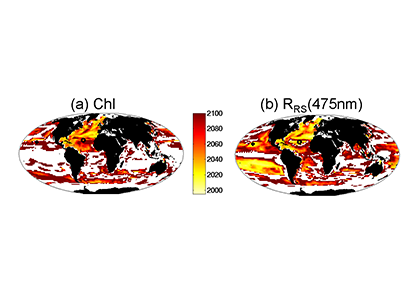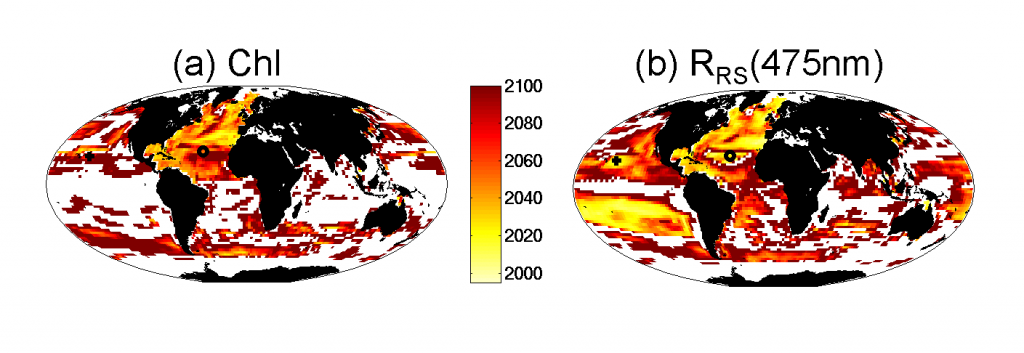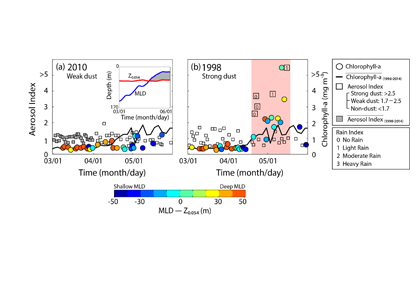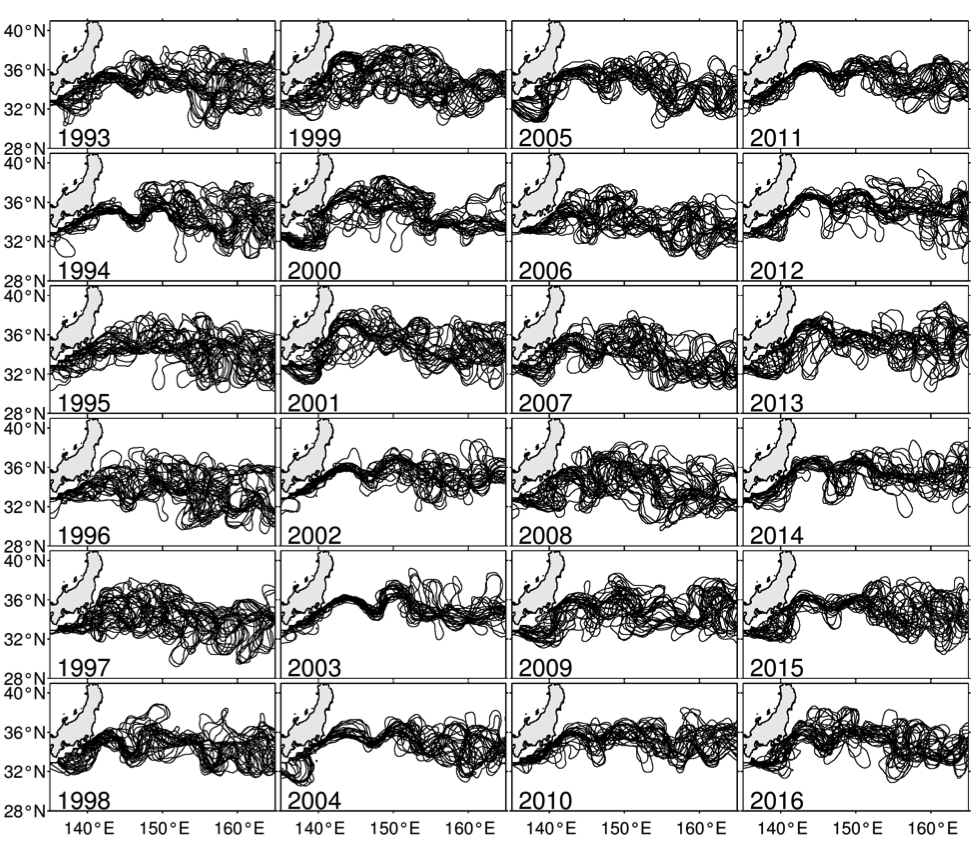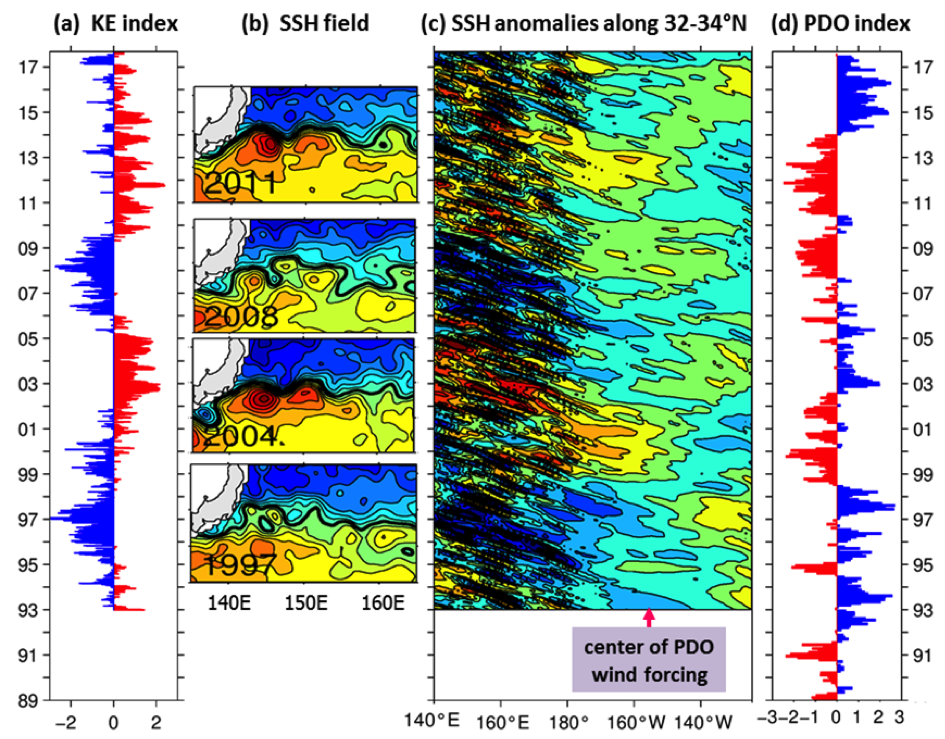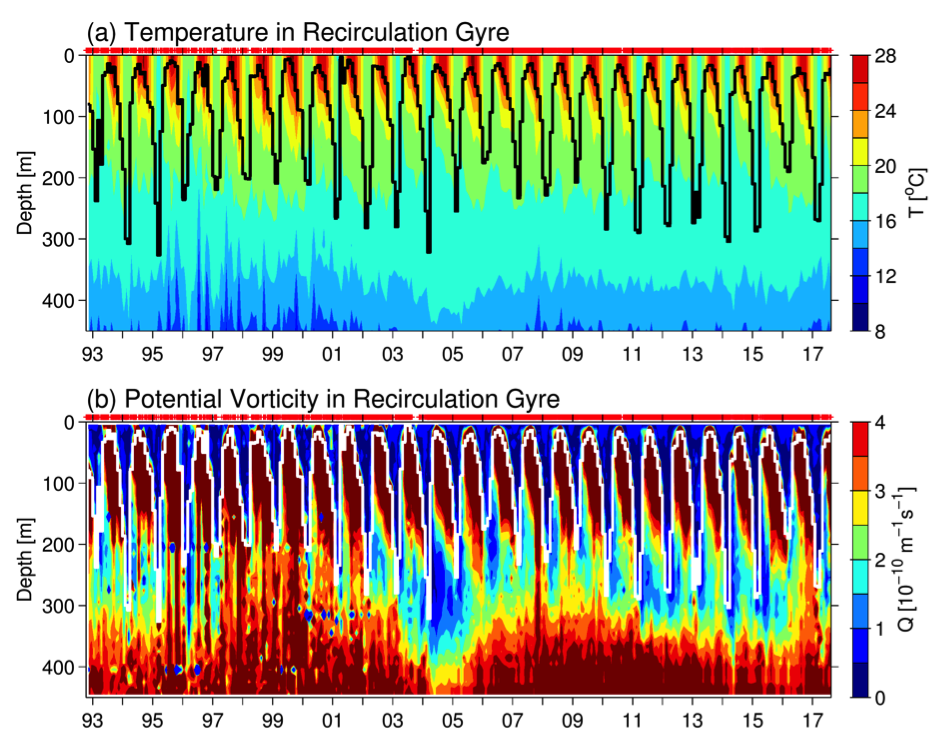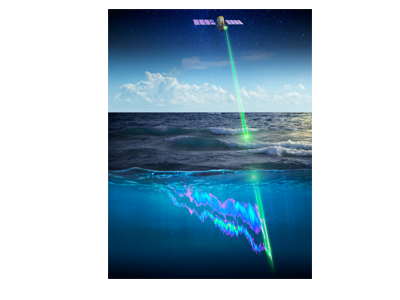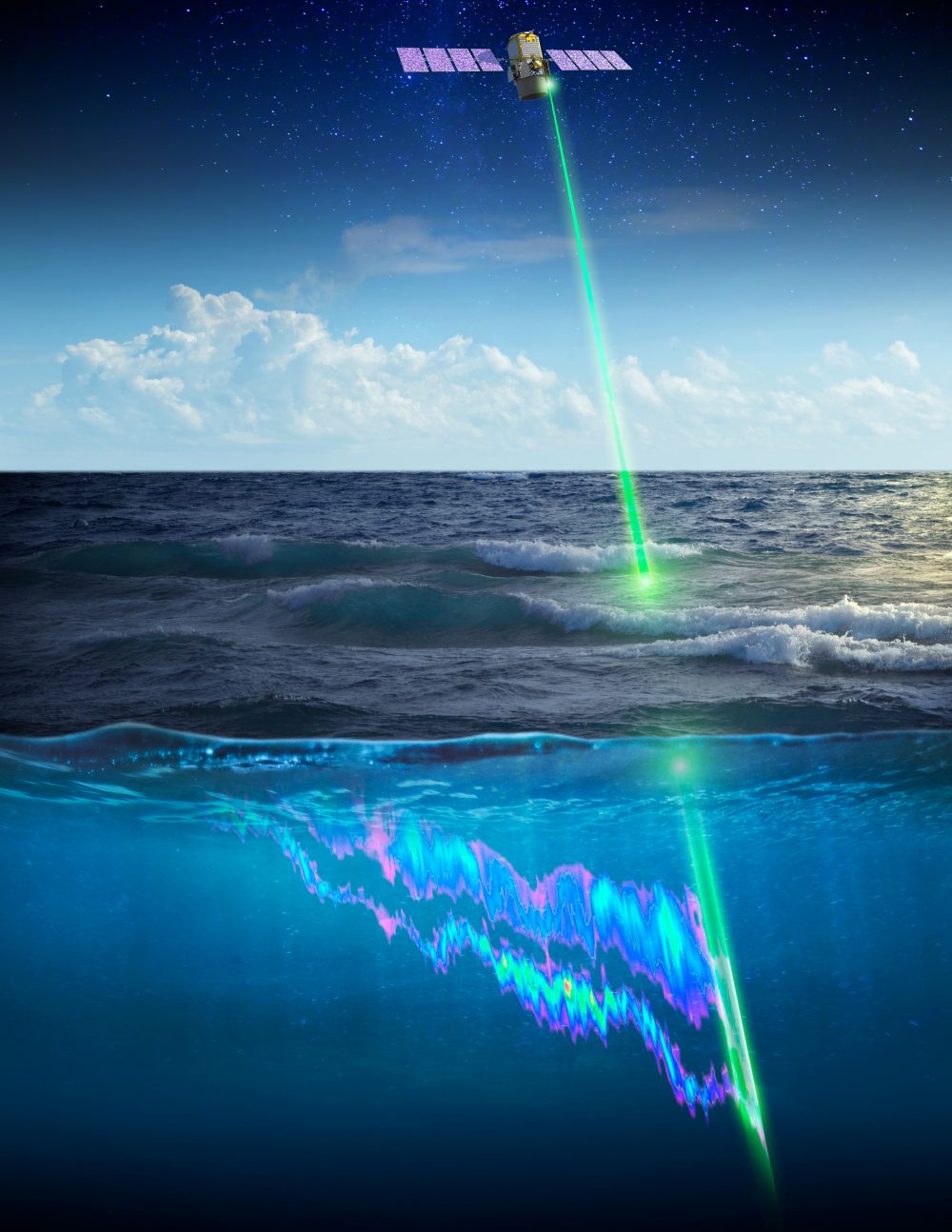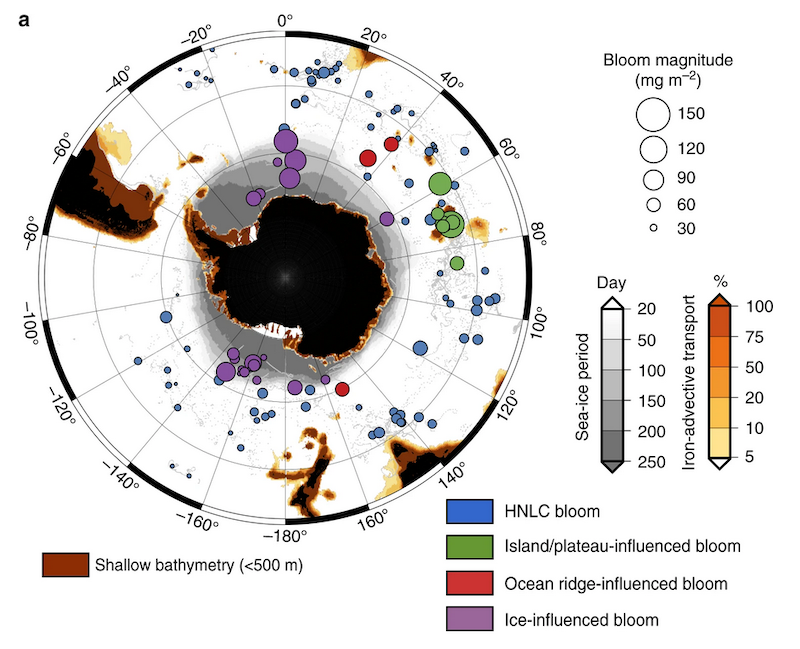
Figure 1a: Southern Ocean phytoplankton blooms showing distribution, biomass (circle size) and type (color key).
In a recent study, Ardyna et al combined observations of profiling floats with historical trace element data and satellite altimetry and ocean color data from the Southern Ocean to reveal that dissolved iron of hydrothermal origin can be upwelled to the surface. Furthermore, the activity of deep hydrothermal sources can influence upper ocean biogeochemical cycles of the Southern Ocean, and in particular stimulate the biological carbon pump.
Authors:
Mathieu Ardyna
Léo Lacour
Sara Sergi
Francesco d’Ovidio
Jean-Baptiste Sallée
Mathieu Rembauville
Stéphane Blain
Alessandro Tagliabue
Reiner Schlitzer
Catherine Jeandel
Kevin Robert Arrigo
Hervé Claustre

